Home>Garden Essentials>How Long Does It Take For Hollyhocks To Germinate
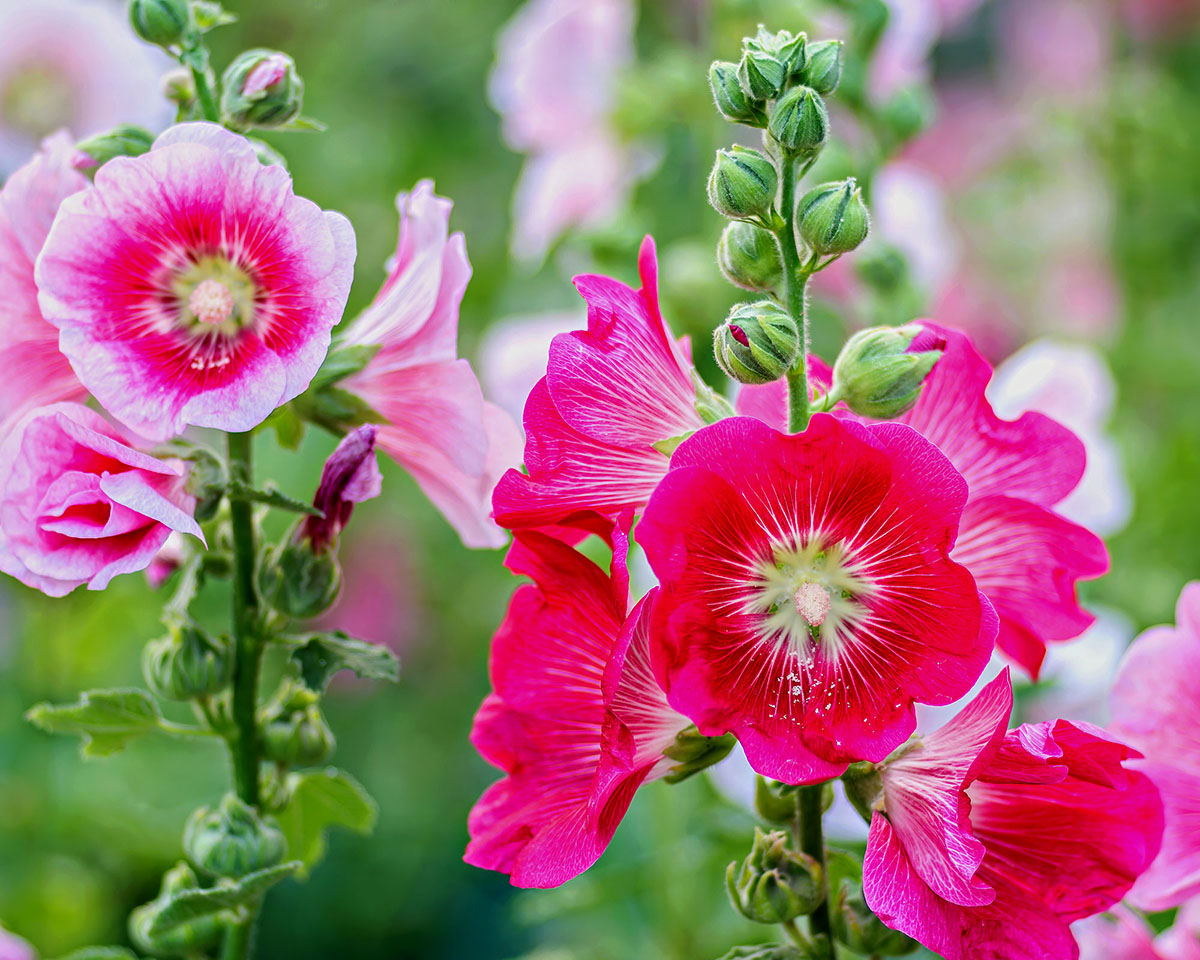

Garden Essentials
How Long Does It Take For Hollyhocks To Germinate
Modified: March 24, 2024
Learn how long it takes for hollyhocks to germinate in your garden. Expert tips and guidance for successful hollyhock cultivation.
(Many of the links in this article redirect to a specific reviewed product. Your purchase of these products through affiliate links helps to generate commission for Storables.com, at no extra cost. Learn more)
Introduction
Welcome to the fascinating world of gardening, where you can nurture beautiful plants and create your own little oasis of greenery. If you’re an avid gardener or just starting out on your green thumb journey, you may have come across the enchanting and vibrant hollyhock plants. Hollyhocks are known for their tall spikes adorned with colorful, bell-shaped flowers.
Before you can enjoy the stunning display of hollyhock blooms, it’s essential to understand the process of germination. Germination refers to the development of a seed into a plant. It is the crucial initial stage that sets the foundation for a successful gardening endeavor.
In this article, we will delve into the world of hollyhock germination to help you understand how long it takes for hollyhock seeds to sprout and what factors can influence the process. So, get ready to embark on a journey of botanical knowledge!
Key Takeaways:
- Hollyhock seeds take around 10-14 days to sprout. Factors like temperature, moisture, and seed quality influence germination time. Patience and proper care are key to successful hollyhock gardening.
- To help hollyhock seeds sprout, use high-quality seeds, provide optimal temperature and moisture, and be patient. Nurturing the seeds with care and attention leads to beautiful hollyhock blooms.
What are hollyhocks?
Hollyhocks, scientifically known as Alcea rosea, are tall flowering plants that belong to the Malvaceae family. Native to Asia and Europe, these biennial or short-lived perennial plants have been cultivated for centuries, adorning gardens with their majestic presence.
One of the most striking features of hollyhocks is their height, often reaching up to 6 feet (2 meters) or even taller. The tall spikes rise from a rosette of fuzzy, lobed leaves at the base of the plant. The flowers themselves usually appear in a range of colors, including pink, purple, yellow, white, and even black. Each individual flower possesses a distinctive cup or bell shape, enticing pollinators such as bees and butterflies.
In addition to their visual appeal, hollyhocks have a rich cultural history. These plants have been celebrated in literature and art, inspiring poets and painters throughout the ages. They have also been utilized for medicinal purposes, particularly in herbal remedies for respiratory ailments.
Whether you’re seeking to add height and visual interest to your garden or simply captivated by their timeless beauty, hollyhocks are a fantastic choice for any gardener.
Understanding the germination process
Germination is a fascinating and intricate process that transforms a dormant seed into a thriving plant. To better understand hollyhock germination, let’s break down the different stages involved:
- Imbibition: It all starts with water absorption, known as imbibition. When a hollyhock seed encounters moisture, it swells and activates the physiological processes required for growth.
- Activation of enzymes: The imbibed seed triggers the activation of various enzymes, which play a crucial role in breaking down stored nutrients within the seed.
- Radicle emergence: The radicle, or embryonic root, emerges from the seed and begins to grow downward into the soil. This is a critical step in establishing the plant’s root system.
- Shoot development: As the radicle continues to grow, the plumule, or shoot, starts to emerge from the seed. The plumule contains the embryonic stem and leaves, which will eventually develop into the above-ground portion of the plant.
- Leaf expansion: Within a few days, the first true leaves appear, signifying that the hollyhock seedling is successfully growing and establishing itself.
The germination process can be influenced by various factors, including environmental conditions and seed quality. Understanding these factors is crucial for ensuring successful hollyhock germination.
In the next section, we will explore the factors that can affect the time it takes for hollyhock seeds to germinate.
Factors affecting hollyhock germination time
The germination time for hollyhock seeds can vary depending on several factors. Understanding these factors will help you create an optimal environment for successful germination. Here are some key factors that can influence hollyhock germination time:
- Temperature: Temperature plays a significant role in seed germination. Hollyhock seeds typically prefer warmer temperatures, around 70-75°F (21-24°C). Cooler temperatures can slow down the germination process, while excessively high temperatures can inhibit germination altogether.
- Moisture: Adequate moisture is essential for seed germination. Too little water can prevent the seeds from absorbing moisture and initiating germination. On the other hand, excessive moisture can lead to rotting or fungal issues. Maintaining a consistently moist, well-drained growing medium is crucial.
- Light: Unlike some other plant species, hollyhock seeds do not require light to germinate. In fact, they typically prefer darkness during the germination process. While light is not necessary, providing a warm, brightly lit environment once the seedlings emerge can promote healthy growth.
- Seed quality: The quality of the hollyhock seeds can also affect germination time. Fresh, viable seeds have a higher chance of germination compared to old or damaged seeds. It’s important to obtain seeds from reliable sources to ensure higher germination success rates.
- Seed treatment: Some gardeners choose to employ seed treatment methods to enhance germination. Scarification, which involves scratching or nicking the seed coat, can help expedite water absorption. Soaking the seeds overnight or pre-chilling them can also aid in breaking seed dormancy and speeding up germination.
By understanding and managing these factors, you can create optimal conditions for hollyhock seeds to germinate effectively and efficiently.
In the next section, we will explore the average germination time for hollyhocks, giving you a better idea of what to expect when starting the germination process.
Hollyhock seeds typically take 10-14 days to germinate when planted in well-draining soil and kept consistently moist. Planting in early spring can also help speed up the germination process.
Average germination time for hollyhocks
The germination time for hollyhock seeds can vary, but on average, hollyhocks take approximately 10 to 14 days to germinate under ideal conditions. However, it’s essential to note that this is just an estimate, and the actual time can be influenced by various factors.
The temperature and moisture levels play a significant role in determining the germination time. Warmer temperatures, around 70-75°F (21-24°C), can expedite germination, while cooler temperatures can extend the germination period. Consistently moist soil promotes optimal germination rates, but excessive moisture can lead to issues like fungal diseases.
It’s also important to consider the specific variety of hollyhocks you’re working with. Different varieties can have slight variations in their germination times. Some varieties may germinate slightly faster than others, so it’s advisable to check the specific germination information provided on the seed packet or consult reliable gardening resources for more accurate details.
Additionally, factors like seed quality, seed treatment, and light conditions can also influence germination time. Using fresh, high-quality hollyhock seeds increases the chances of quicker and more successful germination. Seed treatments such as scarification or pre-soaking can also potentially speed up the germination process.
While waiting for hollyhock seeds to germinate, it’s important to have patience and continue providing the necessary care and attention. Regularly monitor the moisture levels, provide suitable lighting conditions, and maintain optimal temperatures to create an ideal environment for seed germination.
Keep in mind that gardening is a process that requires nurturing and attention. If you don’t see germination within the estimated time frame, don’t lose hope. Some seeds may have longer dormancy periods, requiring more time to break their dormancy and initiate germination.
In the next section, we will provide some tips for successfully germinating hollyhock seeds and ensuring the best possible outcome.
Read more: How Long Does It Take Turnips To Germinate
Tips for successful hollyhock germination
Germinating hollyhock seeds can be a rewarding and exciting experience. To increase your chances of successful germination, consider the following tips:
- Choose high-quality seeds: Select fresh, viable hollyhock seeds from reputable suppliers. Good seed quality significantly improves germination rates.
- Prepare the soil: Use a well-draining soil mix that retains moisture without becoming waterlogged. Amend the soil with organic matter to improve its fertility.
- Consider scarification: Some hollyhock seeds have hard seed coats that can hinder germination. Consider scarifying the seeds by gently nicking or sanding the seed coat before sowing. This helps water penetrate the seed, initiating germination.
- Soak the seeds: To further aid in breaking seed dormancy, you can soak the hollyhock seeds in warm water overnight before sowing. This can help soften the seed coat and promote faster germination.
- Sow at the right depth: Sow the hollyhock seeds at a depth of about ¼ inch (6 mm). Cover them lightly with soil and gently firm the surface to ensure good seed-to-soil contact.
- Maintain consistent moisture: Keep the soil consistently moist during the germination period. Avoid over-watering, as it can lead to root rot. Use a spray bottle or misting wand to provide gentle moisture without disturbing the seeds.
- Provide optimal temperature: Maintain a temperature range of 70-75°F (21-24°C) to promote faster germination. Consider using a heating mat or placing the seed trays in a warm location to provide consistent warmth.
- Ensure proper lighting: While hollyhock seeds do not require light for germination, they do need bright light once the seedlings emerge. Place them in a sunny location or provide supplemental grow lights to promote healthy growth.
- Be patient: Keep in mind that hollyhock germination can take some time. Be patient and give the seeds the necessary time to sprout. Some varieties may have longer dormancy periods, so don’t give up too soon.
- Care for the seedlings: Once the seedlings emerge, continue caring for them by providing regular watering, adequate sunlight, and protection from pests.
By following these tips and maintaining proper care throughout the germination process, you’ll increase your chances of successful hollyhock seed germination.
Now that you have a better understanding of hollyhock germination and the necessary steps to take, it’s time to put your newfound knowledge into practice and enjoy the beauty that hollyhocks can bring to your garden.
Conclusion
Congratulations! You’ve now delved into the world of hollyhock germination and gained insights into the factors that influence the process. Understanding the germination process, average germination time, and tips for success will set you up for a rewarding gardening experience with these magnificent blooms.
Hollyhocks, with their tall spikes and bell-shaped flowers, add a touch of elegance and charm to any garden. By providing the right conditions, such as optimal temperature, moisture, and good-quality seeds, you can ensure successful germination.
Remember to be patient and attend to the needs of your hollyhock seeds and seedlings. With proper care, you’ll witness the awe-inspiring transformation of a seed into a flourishing plant.
Now armed with the knowledge of hollyhock germination, it’s time to put your green thumb to work and create a vibrant hollyhock display in your garden. Enjoy the process, embrace the beauty, and revel in the joy of nurturing these enchanting plants.
Happy gardening!
Frequently Asked Questions about How Long Does It Take For Hollyhocks To Germinate
Was this page helpful?
At Storables.com, we guarantee accurate and reliable information. Our content, validated by Expert Board Contributors, is crafted following stringent Editorial Policies. We're committed to providing you with well-researched, expert-backed insights for all your informational needs.





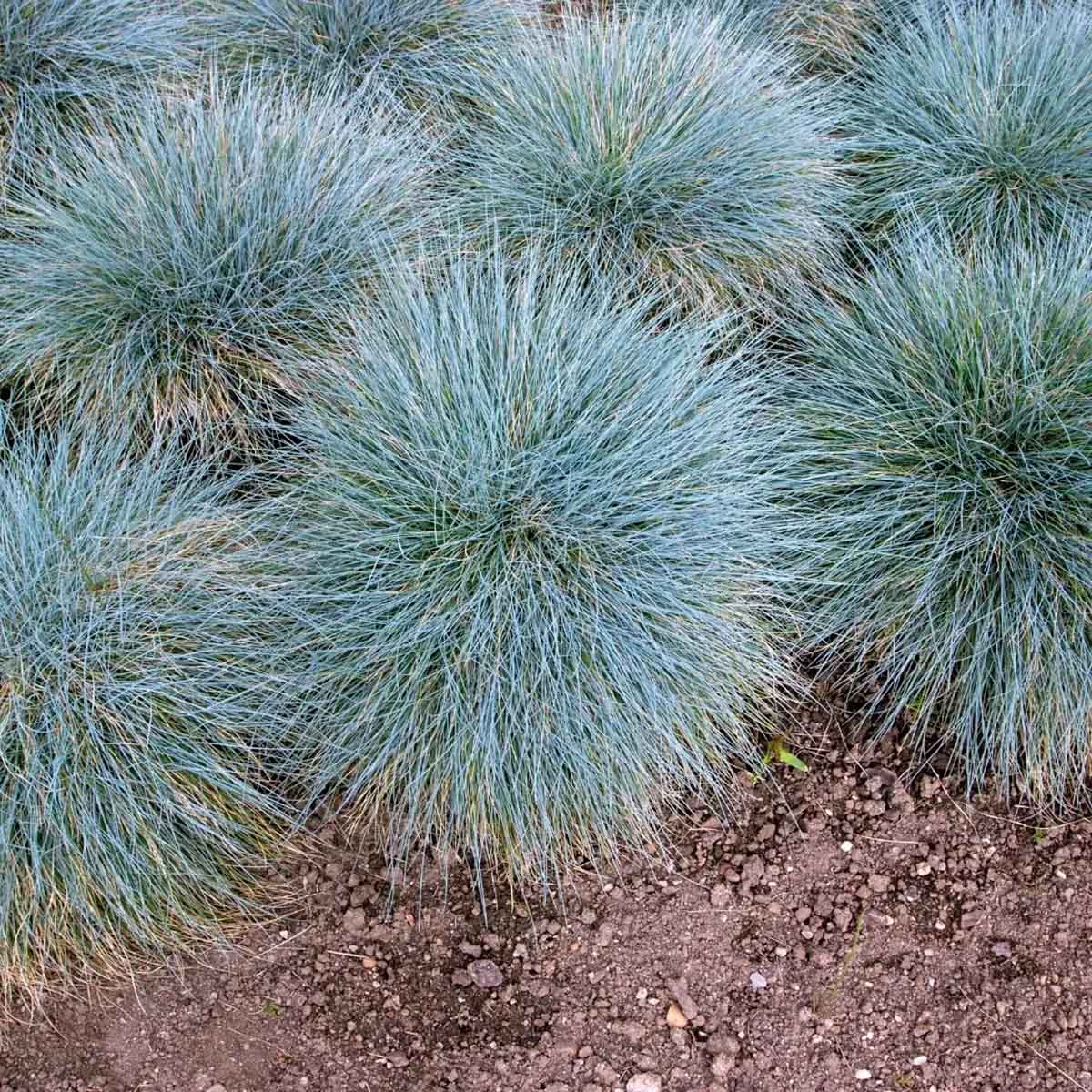
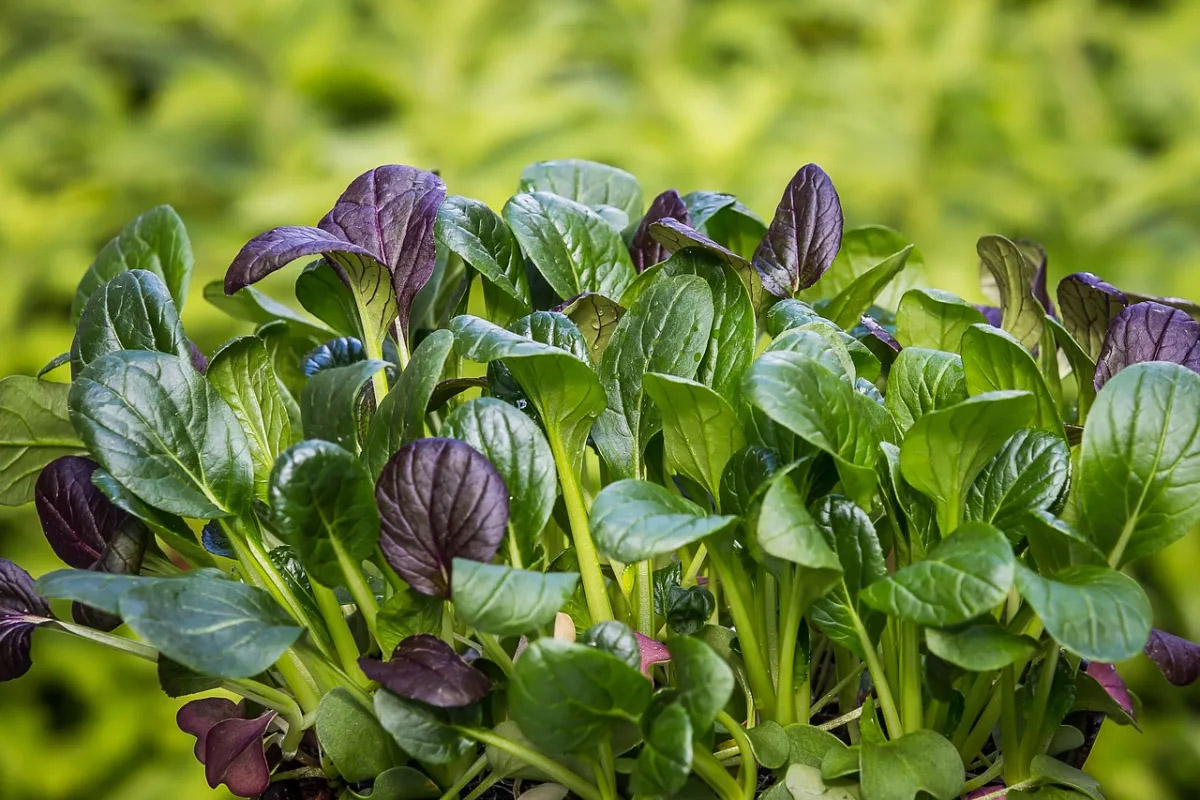
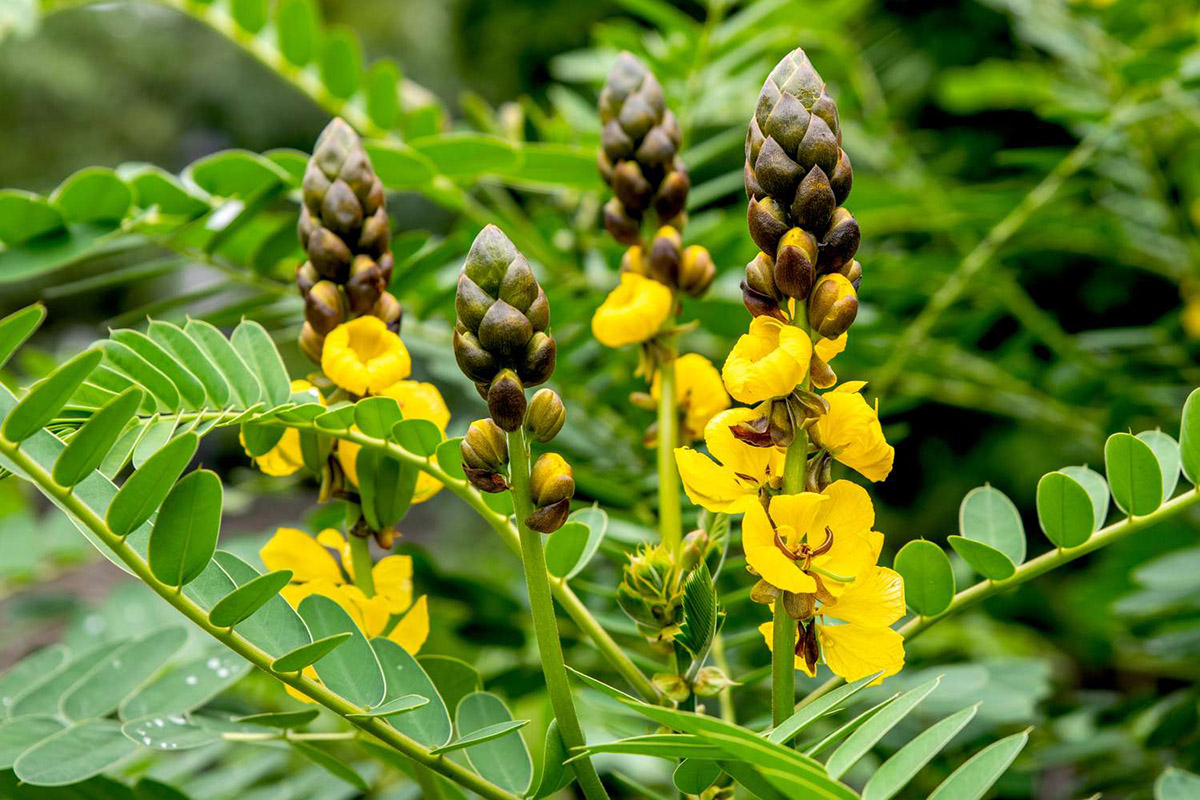
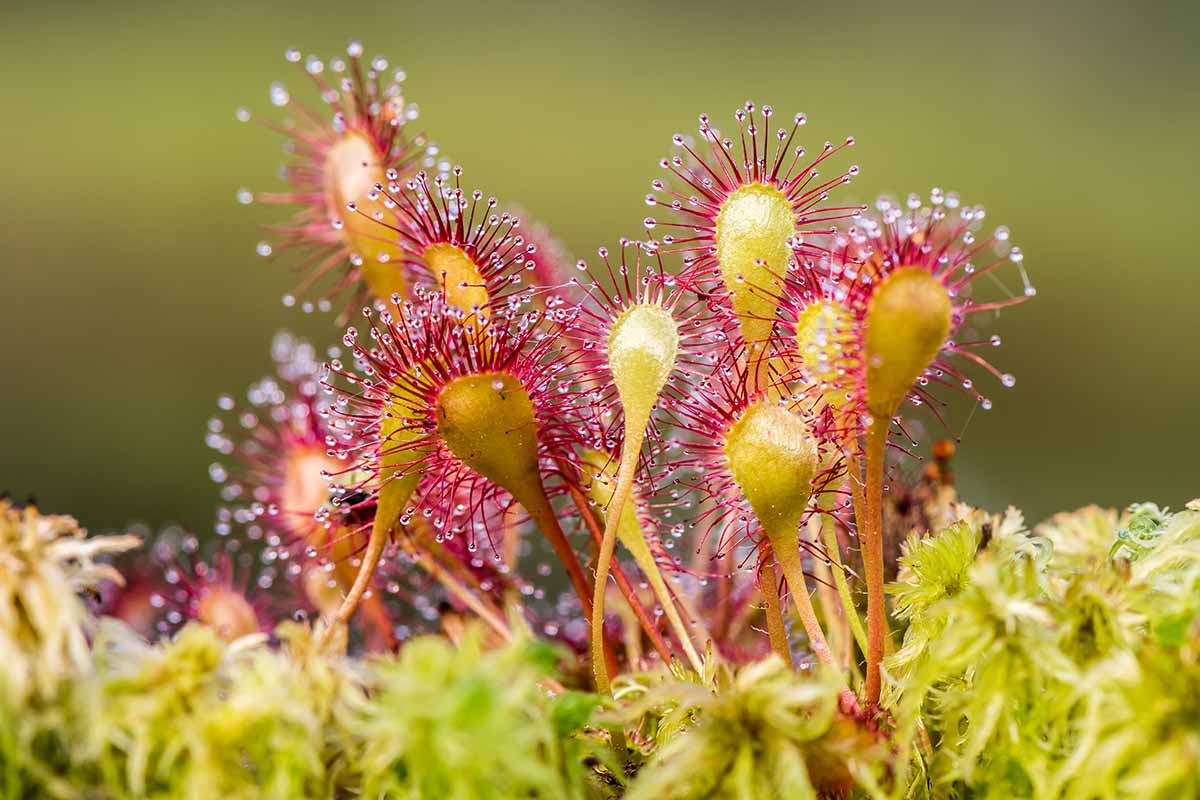
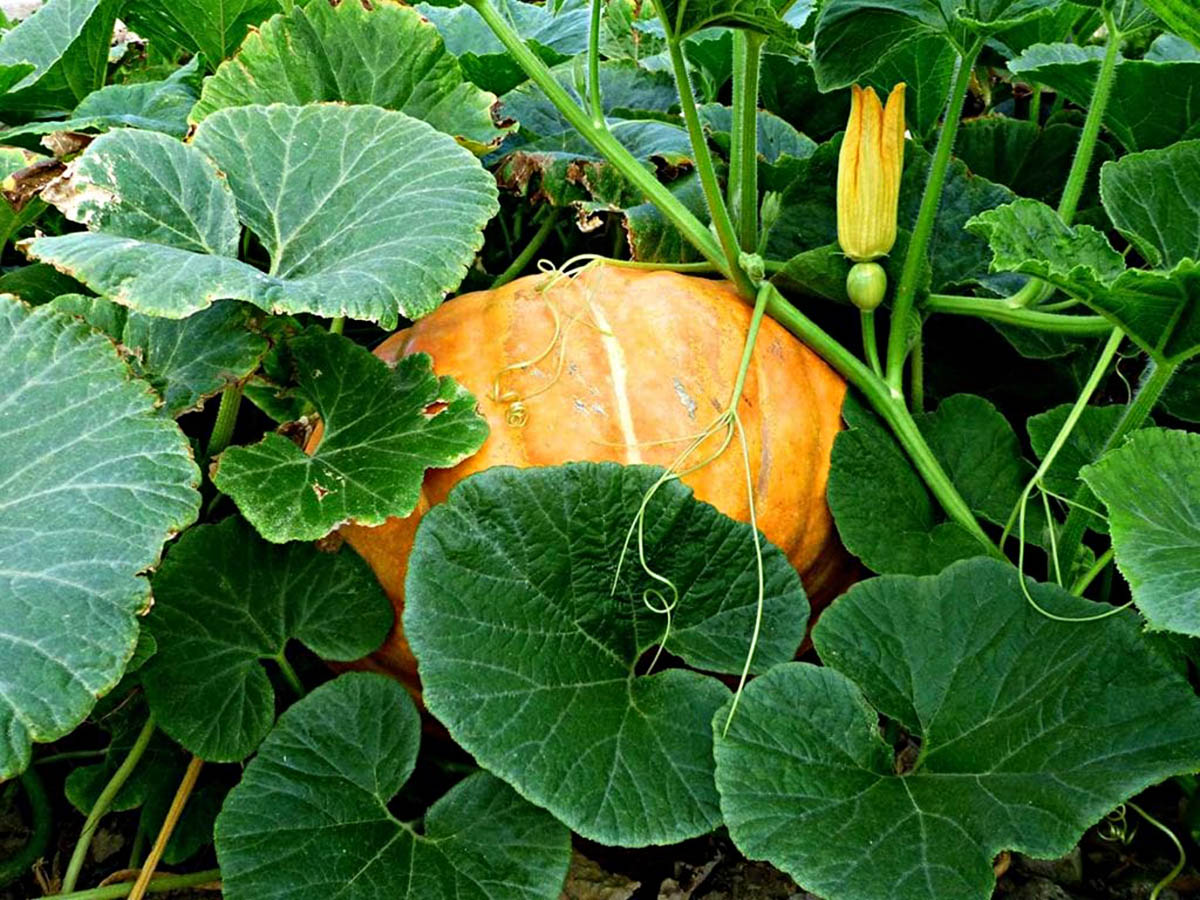
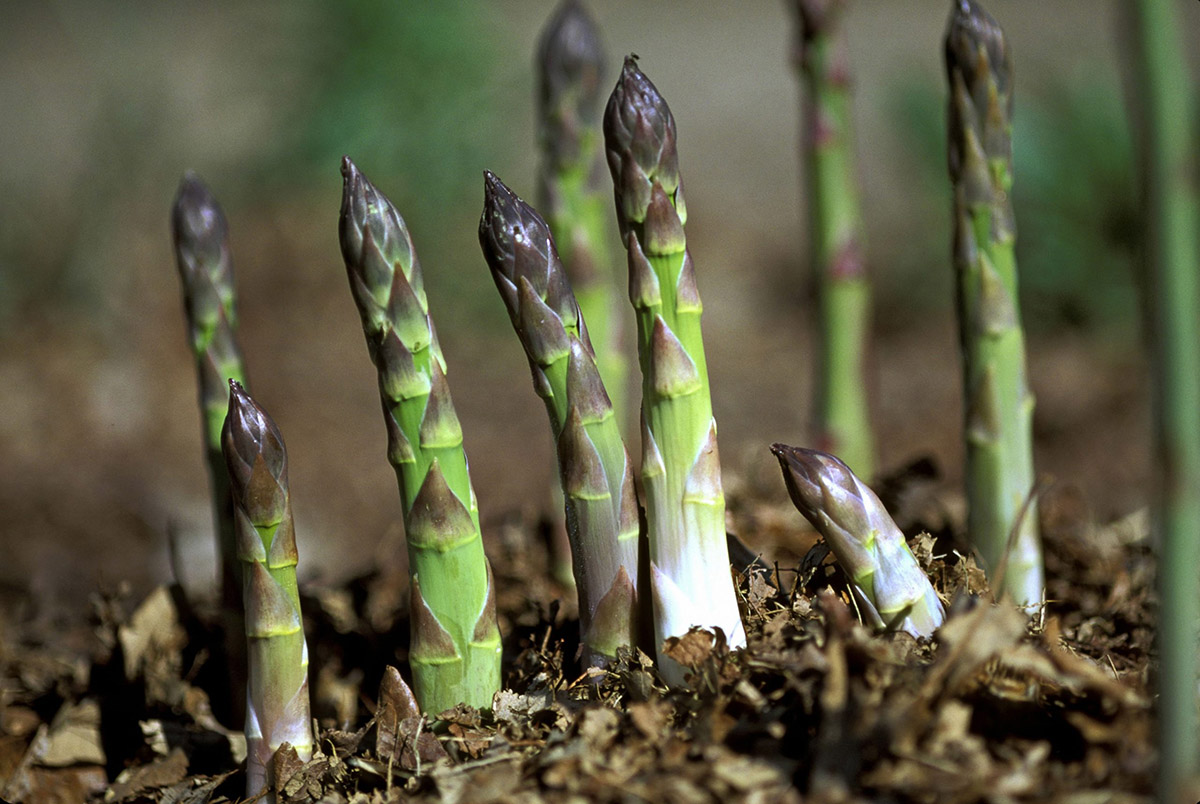
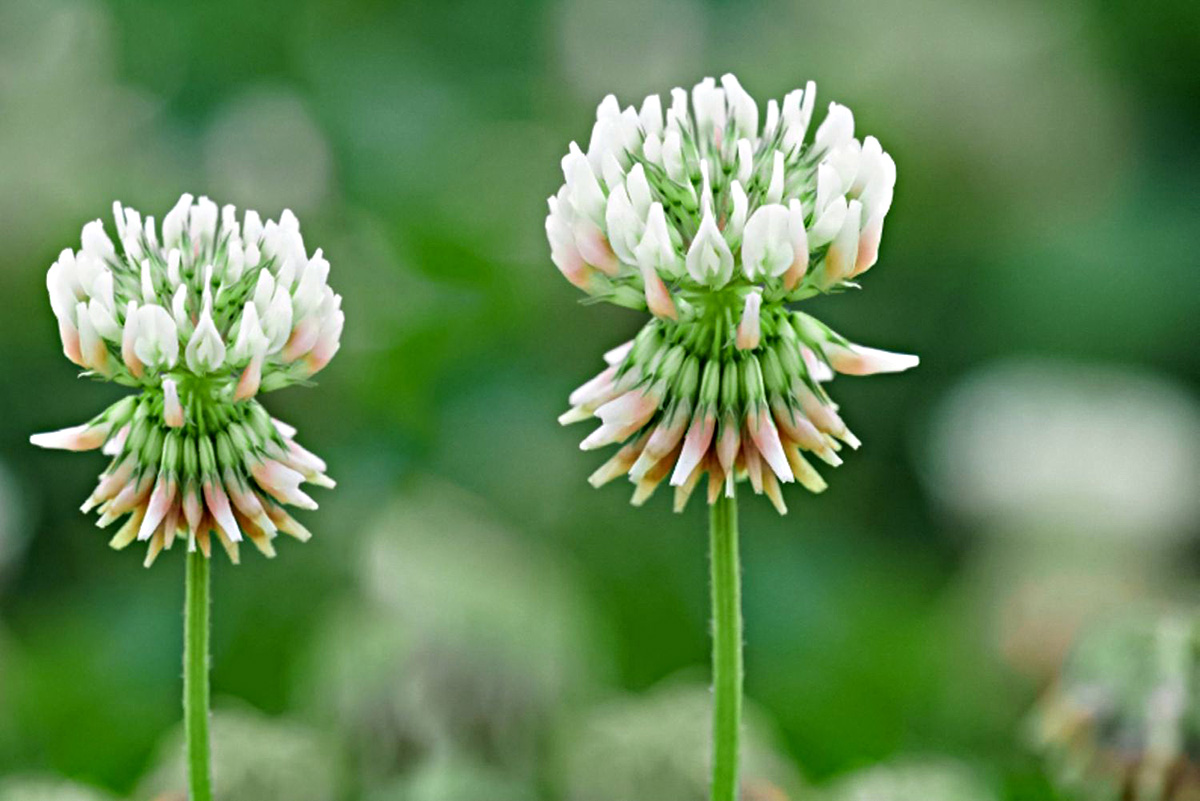
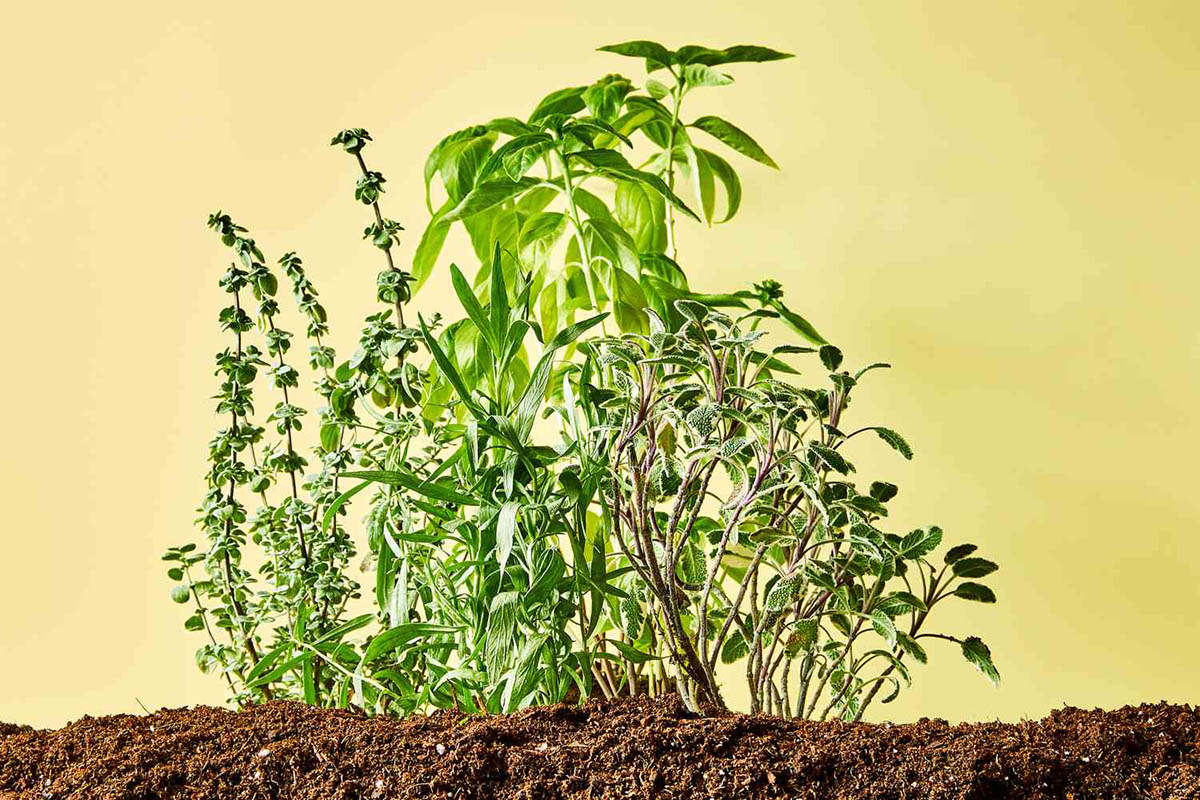
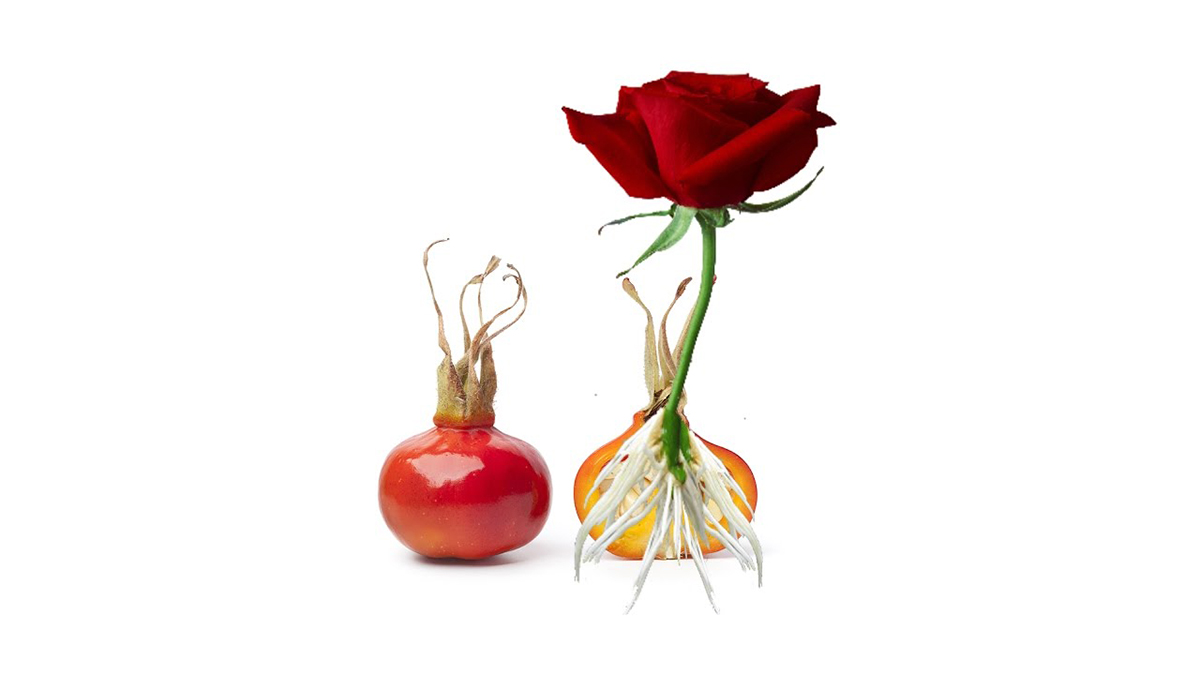

0 thoughts on “How Long Does It Take For Hollyhocks To Germinate”